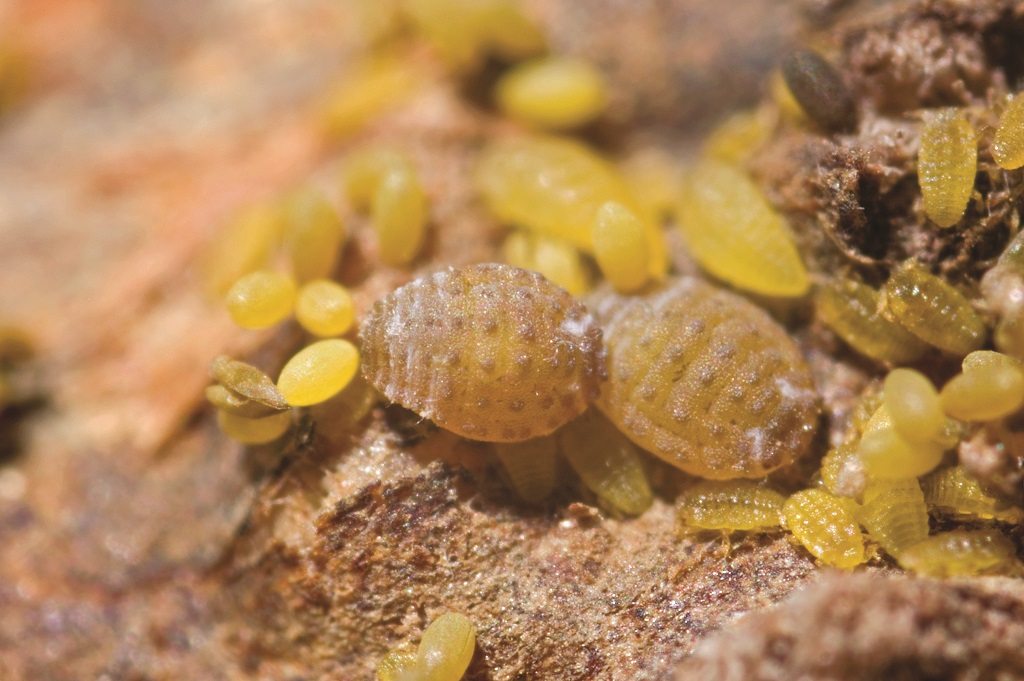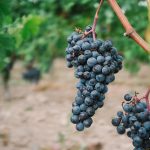Phylloxera adults, nymphs and eggs. Photo courtesy of Agriculture Victoria
A new detection of phylloxera in a Yarra Valley vineyard located inside the Phylloxera Interim Buffer Zone (PIBZ) established in response to a previous phylloxera detection last month has been confirmed by Agriculture Victoria.
The phylloxera strain associated with the new detection is G1, the same strain known to exist in the Maroondah PIZ.
The latest infested property was in a Phylloxera Risk Zone (PRZ) prior to the PIBZ being established in April 2023.
Agriculture Victoria has placed a 5km radial quarantine buffer zone around the new infested property in accordance with the National Phylloxera Management Protocol.
“Given that the quarantine buffer zone enacted in April overlaps with the buffer zone for this latest detection, a single large quarantine buffer zone has now been formed as a proposed boundary extension to the Maroondah Phylloxera Infested Zone (PIZ),” Agriculture Victoria has advised.
While the proposed boundary extension to the Maroondah PIZ awaits to be gazetted by Agriculture Victoria, South Australia’s Department of Primary Industries and Regions has confirmed that the area is recognised as a PIBZ for entry requirements into that state effective immediately.
Vinehealth Australia says this latest detection is yet another reminder for industry and government that phylloxera remains an active pest of concern for the viticulture industries, and that the current national management system in place for the pest is ineffective in curbing its spread.
“Despite work being initiated to review this system, progress is very slow,” said Vinehealth Australia in a biosecurity alert issued to industry yesterday.
“A new national management system must incorporate current pest knowledge, contemporary biosecurity thinking and the latest science on disinfestation, surveillance and detection. These underlying principles are crucial to protecting the future sustainability of all vineyards; particularly those planted on own roots, and most vulnerable to phylloxera.”





















